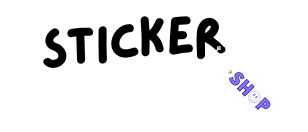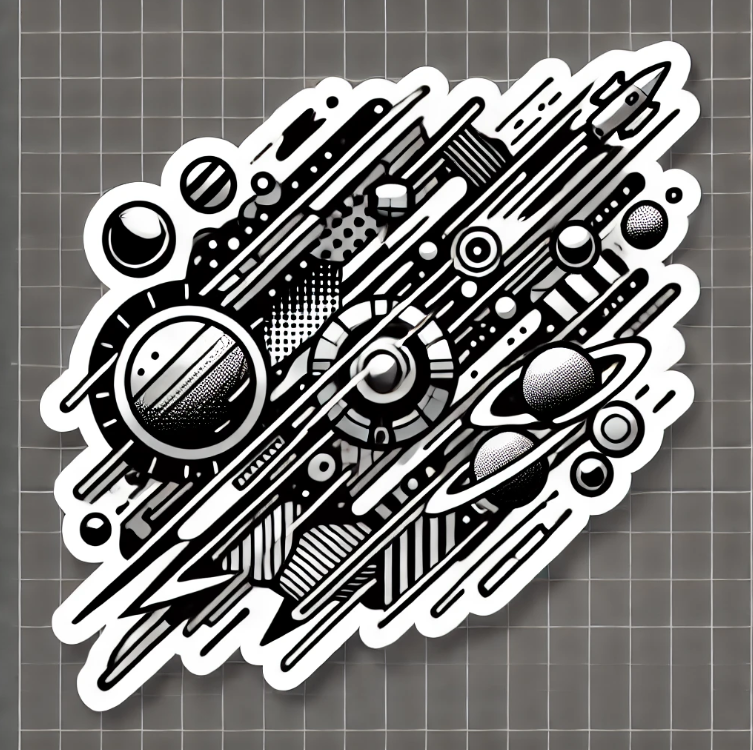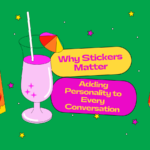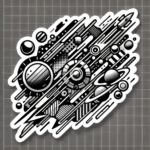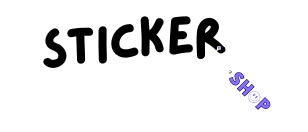Innovative tools are essential for engaging students and encouraging active participation in the modern classroom. Among these tools, stickers have proven to be an effective, simple method for enhancing both motivation and learning.
1. Motivation and Positive Reinforcement
Stickers serve as a powerful form of positive reinforcement in educational settings. When students receive a sticker for completing a task, excelling in a subject, or demonstrating good behavior, they experience a sense of accomplishment.
Positive reinforcement through stickers helps build students’ self-esteem, as they associate their efforts with recognition and success. This practice can foster a growth mindset, where students view challenges as opportunities to learn and grow, knowing that their efforts are valued.
2. Enhancing Fine Motor Skills
Stickers are more than just a reward—they can play an important role in developing fine motor skills, especially for younger students. The act of peeling and placing stickers requires precision, improving hand-eye coordination and dexterity. These skills are foundational for tasks like writing, drawing, and cutting, which are crucial in early childhood education.
By integrating stickers into classroom activities, educators can support the development of these essential motor skills in a fun, engaging way.
3. Encouraging Active Learning
Stickers can be used as a tool for active learning, engaging students in hands-on activities that reinforce key concepts. For example, stickers can be part of educational games, where students match stickers to correct answers or use them in sorting and categorization exercises. This interactive approach allows students to learn through doing, making lessons more memorable and effective.
Educators can also use stickers to create visual learning aids, such as charts or progress trackers, where students can add stickers as they complete tasks or reach milestones. This tangible representation of their progress enhances their involvement in the learning process.
4. Customization for Personalized Learning
Stickers offer the flexibility to be tailored to different educational goals. Teachers can use subject-specific stickers—such as stars for math achievements or book icons for reading milestones—to align with their curriculum. This allows for personalized learning experiences, where students receive feedback that is relevant to their individual progress and areas of interest.
Furthermore, personalized sticker rewards can cater to the diverse learning needs of students, helping educators provide differentiated instruction that recognizes each student’s unique strengths and efforts.
5. Building Classroom Community
Stickers also contribute to fostering a positive classroom environment by promoting teamwork and collaboration. When students work together on group projects, stickers can be used as collective rewards, reinforcing the importance of cooperation and shared success. This not only builds a sense of community but also teaches students valuable social skills, such as communication and collaboration.
Stickers may be a simple tool, but their impact in the classroom is profound. They motivate students, enhance fine motor skills, encourage active learning, and can be customized to support personalized education. Additionally, stickers help build a sense of community and collaboration among students. In short, stickers offer an easy yet powerful way to make learning more dynamic and meaningful for students of all ages.
